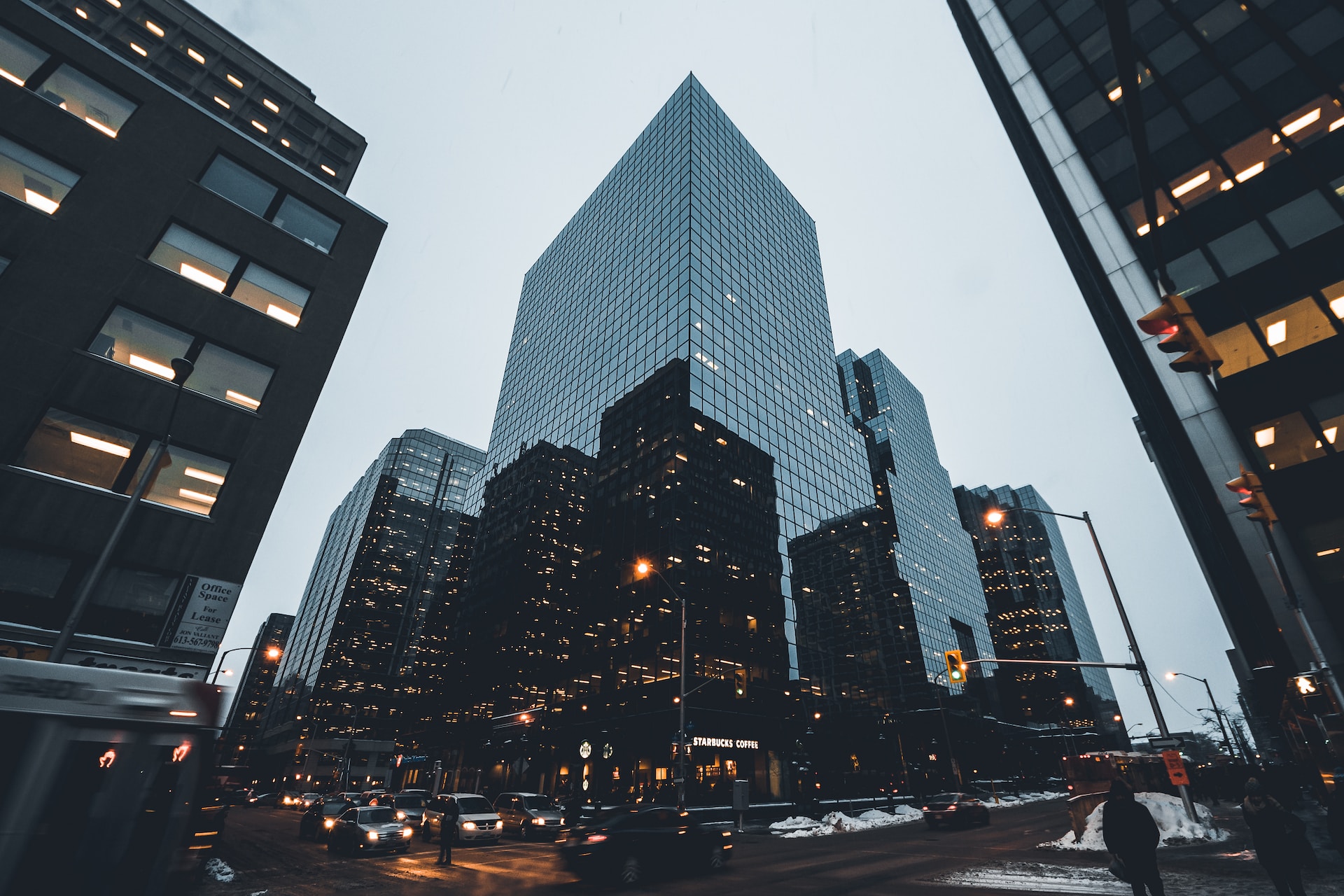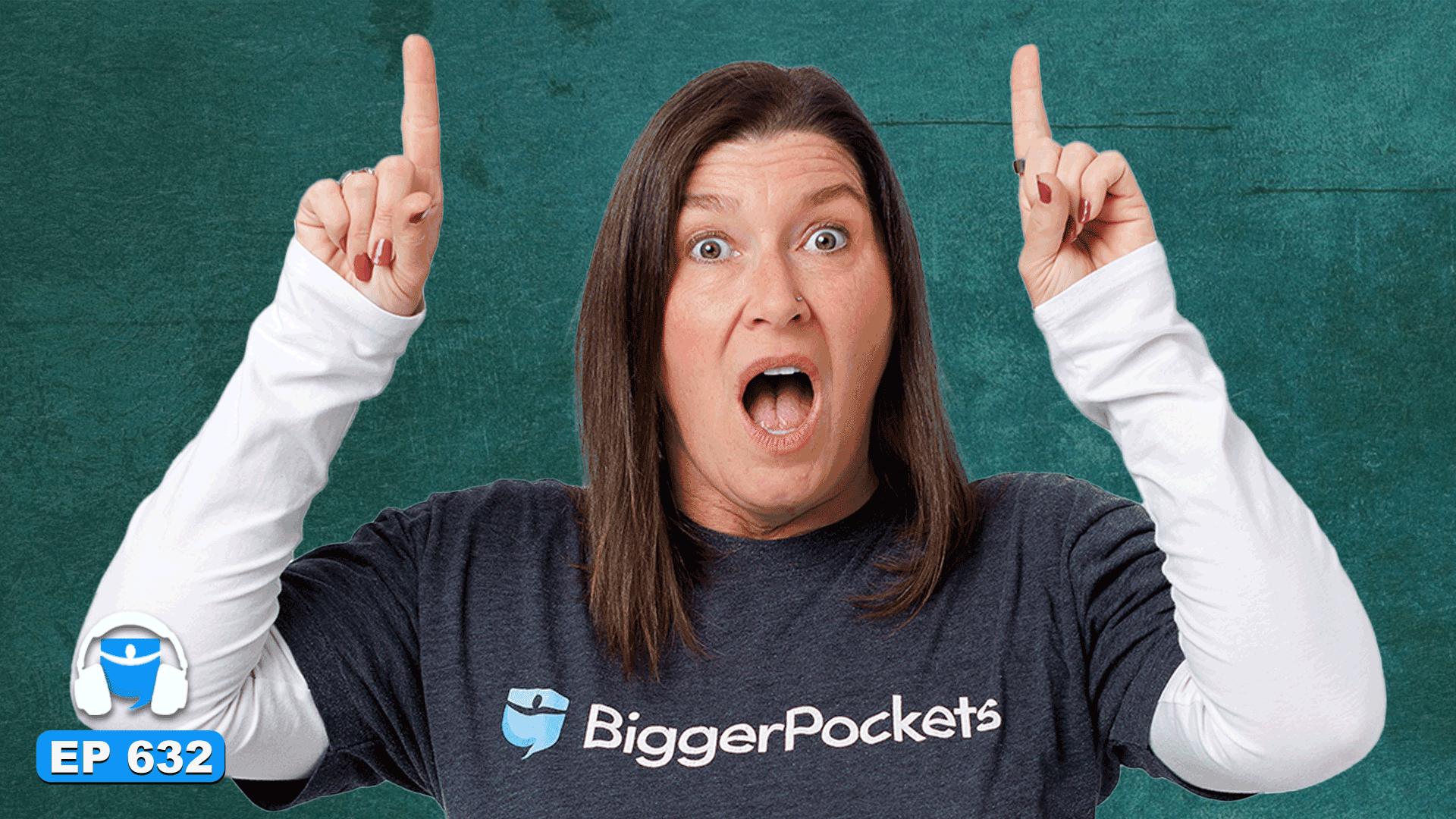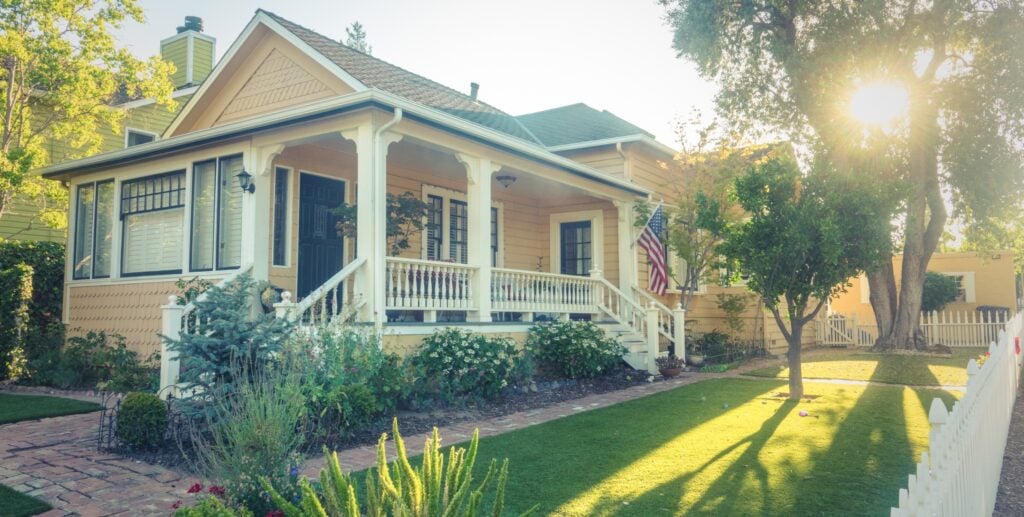Australians are staring down the barrel of some truly epic home price increases, with property values predicted to double across many areas in as little as five years.
There will also be some areas likely to go the other way, with home values expected to drop by hundreds of thousands of dollars, new real estate analysis shows.
Latest PropTrack modelling has revealed what property prices would be in each city and suburb by 2030 if price growth trends from the last five years were repeated.
The data paints a frightening picture for prospective homebuyers and further emphasises the need for more affordable housing.
As it stands, a recently re-elected Labor government remains confident of its ambitious target to build 1.2 million homes by mid-2029, even if some experts, including the Property Council of Australia, predict the nation could fall a massive 462,000 homes short of its target.
Irrespective of the final result, REA Group senior economist Angus Moore said homebuyers should expect further price growth in the years ahead.
He said PropTrack’s five-year modelling, while not a forecast, illustrated some of the probabilities for the market, noting that past performance was not an indicator of coming price changes.
MORE NEWS
Big bank’s shock rates call as property confidence spikes
Innovative planning laws passed to fix Aus housing crisis
How Labor’s housing plan will impact you
PropTrack economist Angus Moore.
However, should prices continue as they have been, buyers could expect to pay around 61 per cent more by 2030 for a house in Sydney, 68 per cent in Brisbane, 17 per cent in Melbourne, 75 per cent in Adelaide, 66 per cent in Perth, 41 per cent in Hobart, 30 per cent in Darwin and 40 per cent in Canberra.
“A couple of themes that really stand out are just how strong the past five years have been, particularly for what were once more affordable markets…particularly places in Western Australia, bits of regional Queensland and…bits of Adelaide, particularly the north of Adelaide,” Mr Moore said.
“For this year, we’re expecting we’ll see a sort of low-to-mid single-digit growth in home prices.
“We’re still expecting that Adelaide will do relatively well (compared to other capitals). Home price growth has slowed down, but, you know, they are still growing and the reasons why Adelaide outperformed Sydney and Melbourne over the last few years remain true, though maybe not as true as they once were.”
Here is your brief guide to house and unit prices over the next five years by state.
SYDNEY
It’s no secret that Sydney is Australia’s most expensive property market and if current trends are anything to go by, it’s unlikely to change in the foreseeable future.
PropTrack analysis foreshadows that the average house price could rise by staggering 61 per cent over the next five years, taking the median to $2.4m – up from $1.49m.
Price increases for Sydney’s unit market would be less imposing with an 11 per cent increase, taking the new median from $796,000 to $880,000.
On a suburb level, Sydney – and greater Australia – could welcome a new record median in Bellevue Hill.
Sydney home prices are the most expensive in the nation and, according to new modelling, that’s not about to change anytime soon.
Prices in the harbourside suburb rose by 50 per cent over the past five years, meaning the average entry price for a house could climb to $13.5m by 2030.
“Sydney is the nation’s least affordable housing market. It’s been basically true every year…with only one brief exception when Tasmania eclipsed it during the pandemic,” Mr Moore said.
“Given the challenges in delivering housing in Sydney, and the fact that it is a high income city, it’s not surprising that housing is as expensive as it is. And you know, it’s not exactly good news for Sydney home buyers.
“As for Bellevue Hill, it’s a bit of a special case. It is a very expensive suburb in general and …whether that sort of growth continues is a very different question from the growth that we’ve seen over the past five years. But even if we don’t see that pace of growth, it will still be a very expensive place to buy.”
Read the full story here and find your suburb in our searchable interactive.
ADELAIDE
There are plenty of reasons to fall in love with Adelaide but for property buyers, housing affordability has been the main driving factor over the last five years.
In fact, local and interstate demand has been so great that it’s driven up house prices by 75 per cent since 2020 and 64 per cent for units.
It means that if prices were to continue if they have been for the past five years, house prices could jump to a new $1.474m median by 2030 and $938,000 for units.
“Adelaide has been a really big beneficiary of the pandemic…by giving people a greater choice in where they want to live and how they want to live,” Mr Moore said.
“One of the things we saw during the pandemic was people putting a lot more value on having an extra bedroom so that they can work from home and have a bit more space.
“Places like Elizabeth and Davoren Park, those northern suburbs just seen really, really strong performance over the past five years, in part because they have been more affordable. And obviously, if they would continue to see that sort of growth again over the next five years, they would be very unaffordable by contrast.”
Read the full story here and find your suburb in our searchable interactive.
Adelaide’s housing market has gone from strength to strength over the past five years.
MELBOURNE
Family-friendly Melbourne suburbs are projected to lead the city’s charge for home price growth, with six-figure bonuses tipped for house prices over the next five years.
Dozens of areas including Lower Plenty, Diamond Creek, Beaconsfield, Romsey and Mentone are set to outperform blue-chip areas like Toorak within the time frame, based on PropTrack estimates.
And while predicted price hikes are sure to tighten the purse strings of future homebuyers, the financial impact could be less than experienced elsewhere in Australia.
While house prices over the past five year rose in double digits across most capitals, sellers did not reap the same benefits across greater Melbourne.
According to PropTrack, the average price for a house climbed by just 17 per cent between 2020 and 2025, while unit buyers may only 3 per cent more than they did five years ago.
On the upside, it means Melbourne could become Australia’s hottest market by 2030 – that’s if prices over the past five years are repeated – with the median of a house jumping by just $146,000 (from $855,000 to $1.001m).
In just five years, Melbourne’s median house price could eclipse $1m.
Meanwhile, unit buyers would only have to pay an additional $15,000 to reach a new median of $625,000 by 2030.
“Melbourne’s obviously not seen as strong growth as other parts of the country in the past five years…(and) Adelaide is (now) actually more expensive than in Melbourne,” Mr Moore said.
“It’s a pretty wild state of affairs when you consider how much bigger Melbourne is. So in many ways, Melbourne’s been a bit slower growing in the last few years.
“There’s been a lot of reasons for that. The pandemic was obviously part of the story, but also part of the story is the fact that Melbourne does just build a lot more homes than other parts of the country, particularly out in Melbourne’s west.
“And that, you know, the fact that there is more supply has helped to keep housing more affordable.”
Read the full story here and find your suburb in our searchable interactive.
HOBART
Two of Hobart’s more affordable suburbs are projected to be among the city’s leaders in home value growth.
And they won’t be alone with a large group set to reach a $1m price by 2030.
Dodges Ferry and Rokeby recorded the largest five-year growth change, increasing by 84 and 85 per cent.
Projected forwards, this would see Dodges Ferry move from $685,000 for a typical house to $1.268m. And Rokeby would shift from $630,000 to $1.157m.
Of the analysed areas, only Sandy Bay has a 2025 median value higher than $1m.
If the five-year growth projection came to fruition, this figure would balloon to 17 suburbs.
Read the full story here and find your suburb in our searchable interactive.
Hobart is Australia’s quiet achiever.
BRISBANE
The price of a typical Queensland home could surge by nearly $700,000 to an eye-watering $1.53m by 2030 if the extraordinary growth of the past five years were to continue.
PropTrack data shows house prices rose by 68 per cent between 2020 and 2025, while unit prices experienced an increase of 53 per cent, reaching a new median of $642,000.
On a suburb level, the steepest jumps are tipped for regional and outer-metro areas like Logan, Wide Bay and Central Queensland.
“Queensland’s obviously been one of the big beneficiaries over the past five years. It’s seen a lot of interstate migration, particularly from New South Wales and Victoria,” Mr Moore said. “Queensland’s always been a destination that people moved to…but it was particularly true during the pandemic, and that’s seen just incredible growth in home prices across basically all of Queensland, but especially regional Queensland.”
Read the full story here and find your suburb in our searchable interactive.
Investors love Queensland but will they still love the state in five years when the typical home could cost buyers around $1.53m.
DARWIN
Territory home prices are expected to surge by up to 107 per cent by 2030 if the pandemic price boom is replicated.
The Muirhead house market is expected to be the top performer, with 107 per cent growth across five years and the median house price jumping from $730,000 to $1.512m, based on trends since the pandemic boom.
Meanwhile, Dundee Beach would likely see the average cost of a house hit $564,000, up 66 per cent from the current median of $340,000.
Sitting in third place is the Millner unit market, with the average sale price looking to shoot up 64 per cent by 2030, from $333,000 to $543,000.
Rounding out the top five are the Coconut Grove unit market, predicted to increase 62 per cent to $595,000, and the Nightcliff house market, up 61 per cent to $1.609m.
In regional NT, the top spot was taken out by Katherine East with the average cost of house expected to grow 52 per cent by 2030, from $330,000 to $501,000.
Read the full story here and find your suburb in our searchable interactive.
NT home prices could surge by as much as 107 per cent if home prices continue to rise as they have for the past five years.



















 English (US) ·
English (US) ·